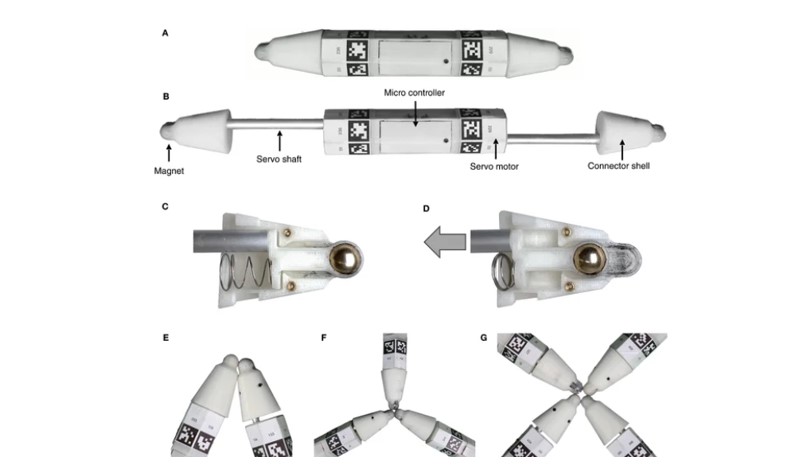
Specialists at Columbia University in the United States have developed a revolutionary technology termed "robotic metabolism." This innovation will enable machines to grow, recover from damage, and even "feed" by utilizing elements from their environment or other robots. This principle, inspired by biology, is implemented through simple, modular devices known as Truss Link units. These units autonomously assemble into complex structures and possess the capacity for evolution. For instance, a tetrahedral robot demonstrated an increase in its locomotion speed by over 66% after integrating an additional module.

In stark contrast to the majority of contemporary robots, which feature static bodies incapable of adaptation, "robotic metabolism" paves the way for the physical autonomy of machines. According to Professor Hod Lipson, this represents a crucial stride toward creating "ecosystems" of robots that can survive and adapt in the most unpredictable environments—ranging from rescue operations to deep space exploration. Researchers aim to empower robots to reprocess parts, exchange components, and self-repair without human intervention.
While the concept of self-replicating and self-modifying robots undoubtedly raises significant ethical considerations and evokes scenarios from science fiction, the developers emphasize its practical necessity. In an era where an increasing number of tasks are being delegated to machines, the ability of robots to perform self-maintenance and repair emerges as a logical and indispensable response to the challenges posed by future autonomous systems.
ORIENT
